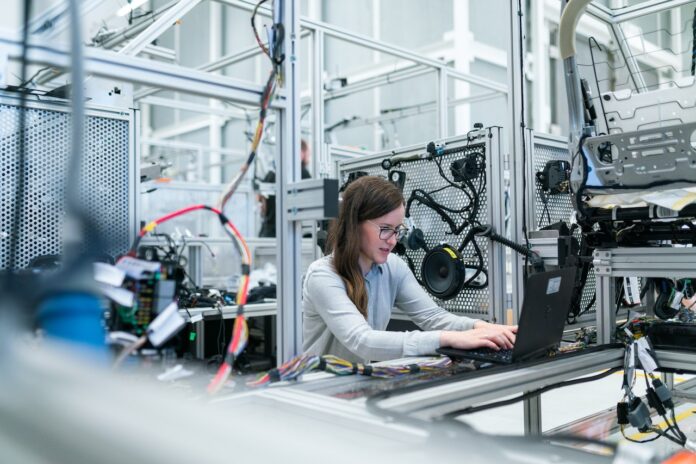Technology has emerged as the key to advancement and effectiveness in the modern workplace, which is always changing. Future workers will experience a significant transition as automation, artificial intelligence (AI), and other digital tools evolve at a rapid rate. These developments confront organizations with distinctive problems that necessitate proactive adaptation and a reevaluation of personnel management techniques, but they also bring unmatched prospects for growth and productivity. Here are a few things you should be aware of regarding the crucial part that technology will play in determining the makeup of the future workforce. It also offers thorough insights into how to handle this changing environment effectively, so make sure you study more about these topics as soon as you can.
The Impact of Automation and AI
Industries all across the world are already starting to change as a result of automation and artificial intelligence. Automating tedious and routine work frees up human capital to concentrate on more complicated and creative aspects of their jobs. Even if concerns about job loss linger, effective technology integration can result in increased productivity and innovation. The main difficulty here is to make sure that the workforce has the knowledge and abilities to work productively with new technologies, encouraging a positive man-machine collaboration that makes the most of both parties’ assets. This process might take some time and energy, but it’s all going to be worth it in the end, so don’t be afraid to start exploring the world of AI as soon as you can!
Remote Work and Digital Collaboration
Remote work is now at the forefront of organizational initiatives thanks to the COVID-19 epidemic. It emphasized how enduring digital collaboration tools are in the contemporary workplace. Therefore, a combination of on-site and remote employees will likely make up the workforce of the future, necessitating the development of effective communication and collaboration tools. Employers must place a high priority on creating a remote-friendly culture and stress the value of digital communication skills, trust, and flexibility. Managerial best practices will need to evolve as managers will need to modify their leadership philosophies in order to effectively manage teams that may be scattered across numerous places.
Thermal Imaging
The value of thermal imaging in managing the workforce of the future cannot be understated because this cutting-edge technology uses this particular type of imaging to detect temperature differences, making it essential in a range of working circumstances. In a time when employee health and safety are top priorities, you can start using professional infrared inspection to swiftly spot those whose body temperatures are raised which might be a potential sign of disease. Additionally, it can be utilized for predictive maintenance in industries like manufacturing and construction, lowering downtime and boosting operational effectiveness. Organizations may give employee health, safety, and operational excellence first priority by incorporating infrared thermography into their workforce management strategy, ensuring a more adaptable and successful workforce in the long run, which is something all business owners are hoping for.
Data-Driven Decision Making
In the era of big data, enterprises have access to enormous volumes of data that can be used to guide decision-making. Workforce analytics can be used to spot patterns, allocate resources more effectively, and even anticipate possible talent gaps. However, managing the workforce of the future involves both effective data gathering and analysis. In order to effectively implement data-driven insights into personnel management initiatives, significant investments in data literacy are required. Utilizing data effectively and successfully can give organizations around the world a competitive edge in attracting, retaining, and developing personnel.
Upskilling and Lifelong Learning
Due to the speed of technological advancement, it is essential to upskill and pursue lifelong learning. Instead of being a one-time event, employers should consider education and training as a continuous and iterative process. Employees are given the skills they need to stay relevant in their jobs through ongoing training, which also shows a fundamental commitment to their well-being and personal and professional development. Companies should offer a wide range of possibilities for upskilling, whether through formal education programs, online courses, or on-the-job training initiatives, in order to manage the workforce of the future successfully. The staff is future-proofed by investing in their professional development, which also promotes an innovative and adaptable culture.
Technology adoption is not only a choice; it is necessary for successfully managing the workforce of the future. Companies that are aware of these revolutionary tendencies and make the necessary adjustments will not only succeed in this fast-shifting environment, but will also develop a workforce that is flexible, creative, and ready for the opportunities and challenges of the digital era. The successful management of the workforce in the twenty-first century will be fueled by the synergy between human potential and technical improvements as we move forward, ensuring sustained progress and prosperity for both businesses and individuals.

